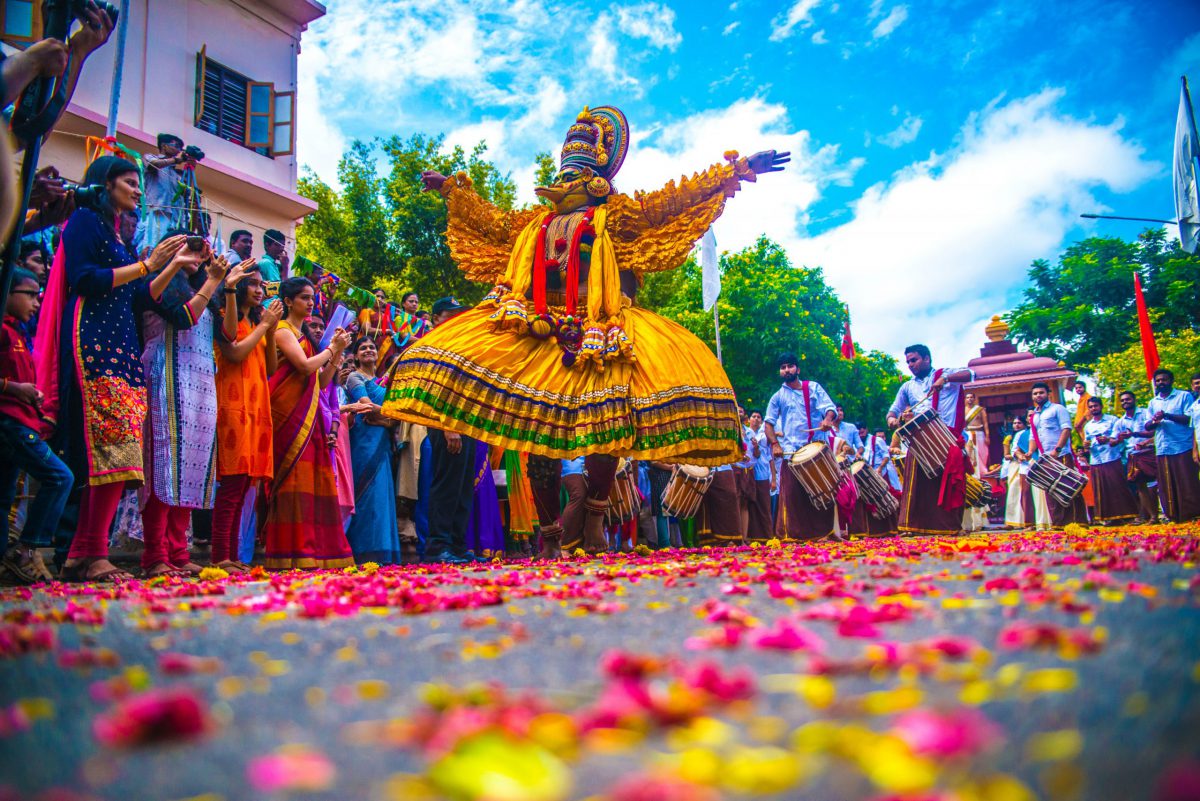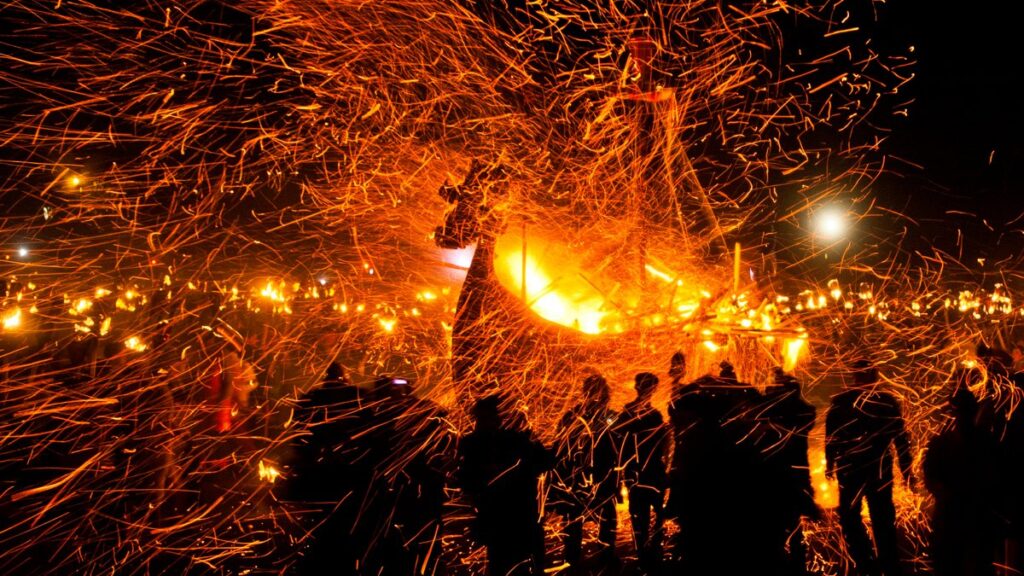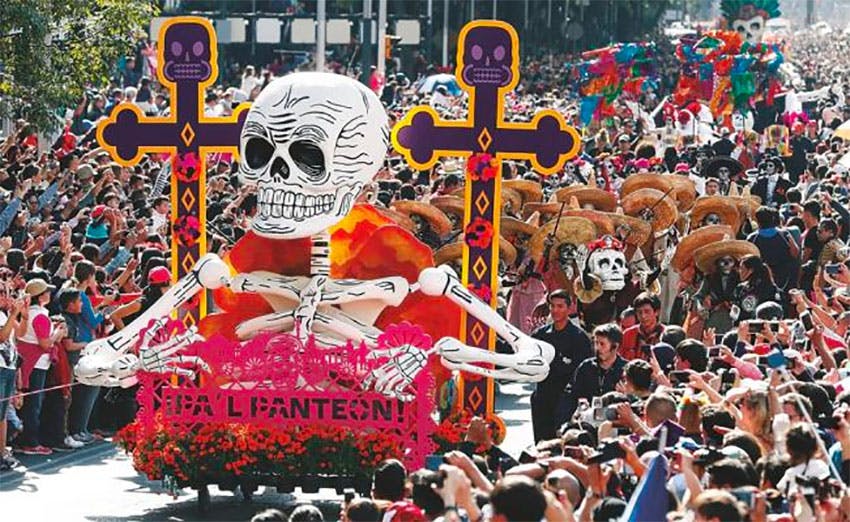Travel isn’t only about seeing landscapes and monuments—it’s about experiencing culture in its most vibrant form. Festivals reveal the heart of a community, and while some are familiar—like Rio Carnival or Oktoberfest—others are far more unusual, quirky, and downright fascinating. Around the world, people gather to celebrate traditions that range from playful to bizarre, each offering a glimpse into local history and creativity. Here are some of the most unusual festivals you probably didn’t know existed.
1. La Tomatina – Spain’s Giant Tomato Fight
Every August, the small Spanish town of Buñol transforms into the world’s largest food fight. Thousands of people flood the streets to hurl overripe tomatoes at each other in a chaotic yet joyous celebration. The origins of La Tomatina are debated—some say it began as a playful street brawl in the 1940s—but today it has become a world-famous event. The town provides trucks of tomatoes, and within an hour the streets run red with pulp. It’s messy, it’s fun, and it’s a uniquely Spanish way of celebrating summer.
2. Holi – India’s Festival of Colors (with a Twist)

While Holi is now globally recognized, many don’t realize its deeper cultural roots. It’s more than just a colorful powder fight. In some Indian towns, unusual traditions accompany the main celebration. For example, in Barsana, women playfully beat men with sticks in a ritual called Lathmar Holi. Elsewhere, bonfires are lit to symbolize the victory of good over evil. The result is a festival that is both spiritual and playful, blending devotion with pure joy.
3. Goose Pulling – Germany and the Netherlands
One of Europe’s lesser-known traditions is Ganstrekken or goose pulling. Historically, this involved horsemen trying to decapitate a goose suspended by its feet as a test of skill. Today, the practice (thankfully using fake geese) has been adapted into a more symbolic ritual. In some villages, this unusual festival is still celebrated with pageantry, costumes, and parades, making it a curious mix of medieval tradition and modern festivity.
4. Night of the Radishes – Oaxaca, Mexico
December 23rd in Oaxaca is unlike anywhere else in the world. The Noche de Rábanos (Night of the Radishes) transforms humble vegetables into works of art. Local farmers and artisans carve giant radishes into intricate sculptures depicting nativity scenes, folklore, and everyday life. The results are displayed in the town square, attracting thousands of visitors. This quirky yet beautiful tradition showcases creativity while highlighting the region’s agricultural roots.
5. Monkey Buffet Festival – Lopburi, Thailand
In Lopburi, monkeys aren’t pests—they’re guests of honor. Every November, the city holds a banquet for its thousands of resident macaques. Tables are piled high with fruit, vegetables, and sweets, creating a feast for the animals. The festival is said to bring good luck and prosperity, as monkeys are linked to the Hindu deity Hanuman. Watching monkeys swarm over colorful platters of food is chaotic, amusing, and strangely heartwarming.
6. Boryeong Mud Festival – South Korea
What started as a clever marketing campaign for cosmetics made from Boryeong’s mineral-rich mud has grown into an international festival. Every July, locals and tourists alike cover themselves in mud at Daecheon Beach. Activities include mud wrestling, mud slides, and even mud marathons. Beyond the fun, the mud is believed to have skin benefits, so visitors leave not only with memories but also with a natural spa treatment.
7. Air Guitar World Championships – Finland
In Oulu, Finland, music lovers gather every August for one of the quirkiest competitions on Earth: the Air Guitar World Championships. Contestants from around the globe perform rock solos on invisible guitars, judged on skill, stage presence, and creativity. The event began in the 1990s as a way to promote peace, under the idea that “wars will end and climate change will stop if all the world’s leaders played air guitar.” Whether or not that’s true, the performances are hilarious and surprisingly inspiring.
8. Baby Jumping Festival – Spain

Known as El Colacho, this festival in the Spanish village of Castrillo de Murcia dates back to the 17th century. Men dressed as devils leap over rows of babies lying on mattresses in the street. The ritual is believed to cleanse the infants of original sin and protect them from evil spirits. Though it may sound alarming, the babies remain unharmed, and the tradition continues to attract curious visitors each year.
Final Thoughts
Unusual festivals remind us that culture isn’t just about monuments or museums—it’s about people coming together in joy, tradition, and sometimes a little absurdity. Whether it’s monkeys enjoying a feast, radishes turned into art, or strangers pelting each other with tomatoes, these events showcase humanity’s creativity and playfulness.
So next time you plan your travels, consider timing your trip with a festival you’ve never heard of. Because often, the most unforgettable travel stories are born from the world’s most unusual celebrations.






